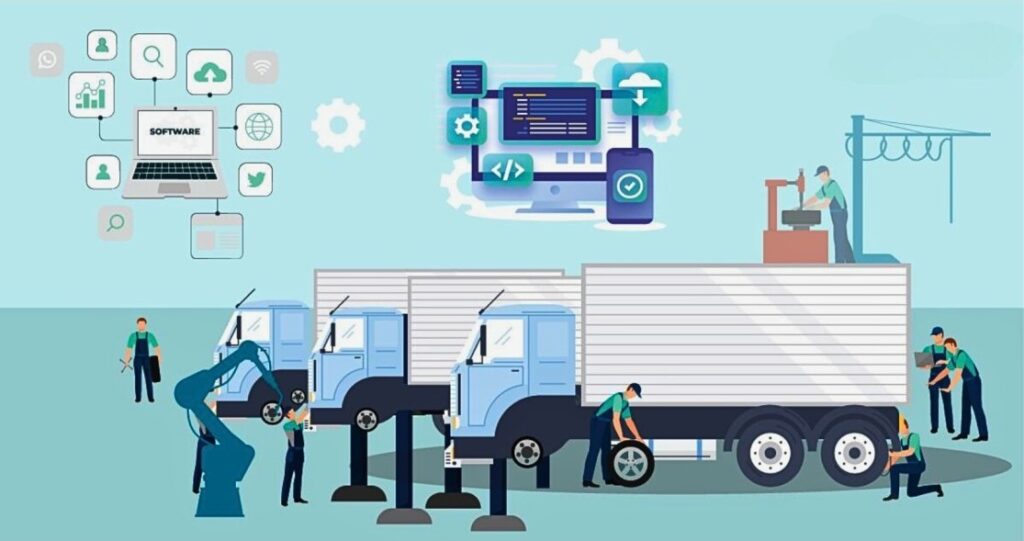Commercial vehicles are the lifeblood of many businesses. This ensures timely delivery of goods & services. Also, it helps operations run smoothly. Regular maintenance is essential for ensuring these vehicles remain reliable, safe, and efficient. A well-structured preventive maintenance plan can save businesses significant time and money. In turn it helps extend the life of the vehicles. Here’s how to create one:

1. Set Clear Goals
Start by defining what you hope to achieve with your maintenance plan. Common goals include:
- Reducing vehicle downtime.
- Extending vehicle lifespan.
- Decreasing long-term repair costs.
- Ensuring vehicle safety and compliance with regulations.
2. Identify and List All Assets
Create a comprehensive list of all commercial vehicles in your fleet. This list should include:
- Make, model, and year of each vehicle.
- Vehicle Identification Number (VIN).
- Current mileage or hours of operation.
- Purchase date and warranty details.
- Any known existing issues or concerns.
3. Understand Manufacturer’s Recommendations
Always refer to the vehicle’s owner’s manual. You should understand the manufacturer’s guidelines for recommended maintenance intervals. This ensures you are not over or under-servicing the vehicle.
4. Determine Maintenance Tasks and Intervals
Use the manufacturer’s recommendations as a baseline. This will help determine the preventive maintenance tasks needed for each vehicle type. Common tasks include:
- Oil and filter changes.
- Tire rotations and inspections.
- Brake inspections and replacements.
- Fluid checks and top-ups (e.g., transmission, brake, coolant).
- Belt and hose inspections or replacements.
5. Prioritize Tasks
Not all maintenance tasks have the same level of urgency. Prioritize tasks into:
- Critical: These can impact safety or may result in significant repair costs if overlooked (e.g., brake checks).
- Important but not urgent: These tasks help extend vehicle life and may lead to bigger issues if skipped (e.g., oil changes).
- Routine: These tasks are regular checks that ensure the vehicle run smooth but aren’t urgent (e.g., windscreen wiper replacement).
6. Develop a Schedule
With tasks identified and prioritized, create a maintenance checklist and calendar. This could be monthly, quarterly, or annually based on your fleet’s usage. Use tools or fleet management software to help automate reminders.
7. Allocate Resources
Determine who will perform the maintenance. You can have an in-house team, or you might contract an external service provider. Ensure that whoever is responsible has the necessary training and tools.
8. Document Everything
For each maintenance task performed, keep detailed records. This includes:
- Date of service.
- Work carried out.
- Parts replaced.
- Cost of service.
- Any anomalies or issues noticed.
9. Review and Adjust
Review the plan to ensure it’s effective. Consider factors like:
- Change in vehicle performance.
- Feedback from drivers.
- Unexpected repairs.
Adjust the plan as needed, considering real-world data and experiences.
10. Communicate the Plan
Make sure all stakeholders, especially drivers, are aware of the plan. Proper communication ensures everyone understands their roles. From reporting issues to adhering to the schedule and boosting driver productivity.

Having a preventive maintenance plan for your commercial car is an investment. It improves the reliability, safety, and efficiency of your fleet. These steps make sure that your fleet will last for a long time. It will also help you save money in the long run by avoiding costly breakdowns and repairs.





Leave a Reply